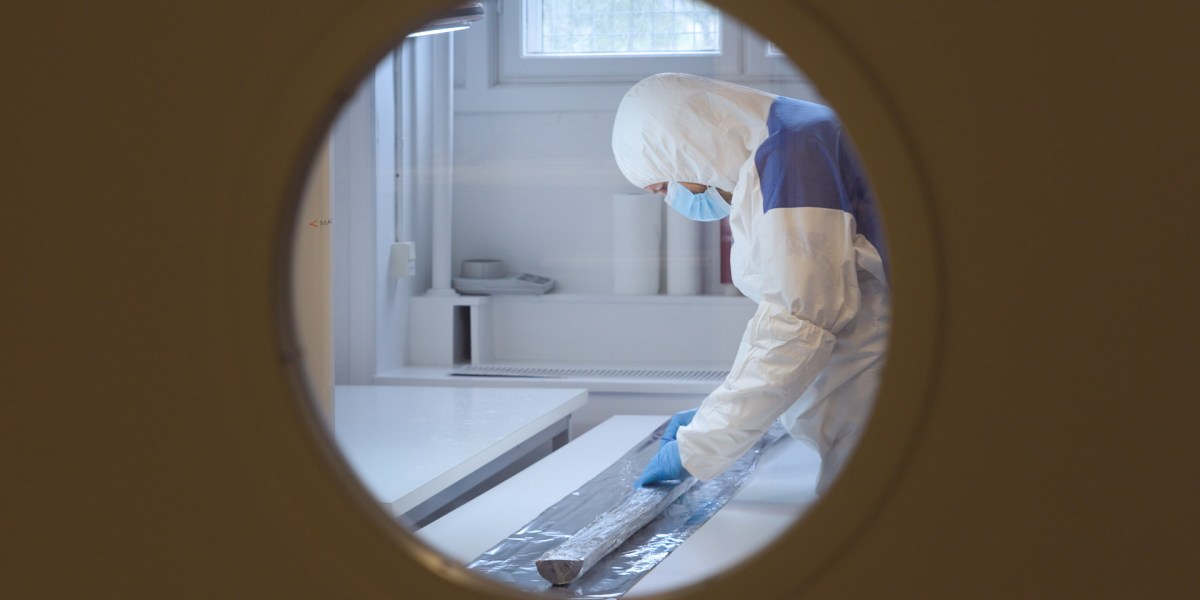
DNA breaks apart with time, so the older it is, the smaller the pieces become—until there’s nothing left to detect. And the shorter the fragments are, the trickier it is to assign them to a specific groups of plants or animals.
“The huge damage pattern made it very clear it was ancient DNA,” says Willerslev, who says he and his colleagues began working with the Greenland samples in 2006. “When it’s 2 million years, there has been so much evolutionary time, that whatever [species] you are finding are not necessarily very similar to what you see today.”
The Danish team says the DNA they found was preserved by freezing temperatures and because it was bound to clay and quartz, which also slows down the process of degradation.
Exactly how far back in time researchers will be able to see remains an open question. “Probably we are close to the limit, but who knows,” says Tyler Murchie, a postdoctoral fellow at McMaster University who develops methods for studying ancient DNA. He notes that the Dutch researchers were successful in combining several techniques to “create a robust reconstruction of this ecosystem.”
Willerslev once predicted it would be impossible to recover DNA from anything that lived more than a million years ago. Now that he’s broken the record, he is reluctant to say where the limit lies. “I wouldn’t be surprised if…we could go back twice as far,” he says. “But I wouldn’t guarantee it.”
